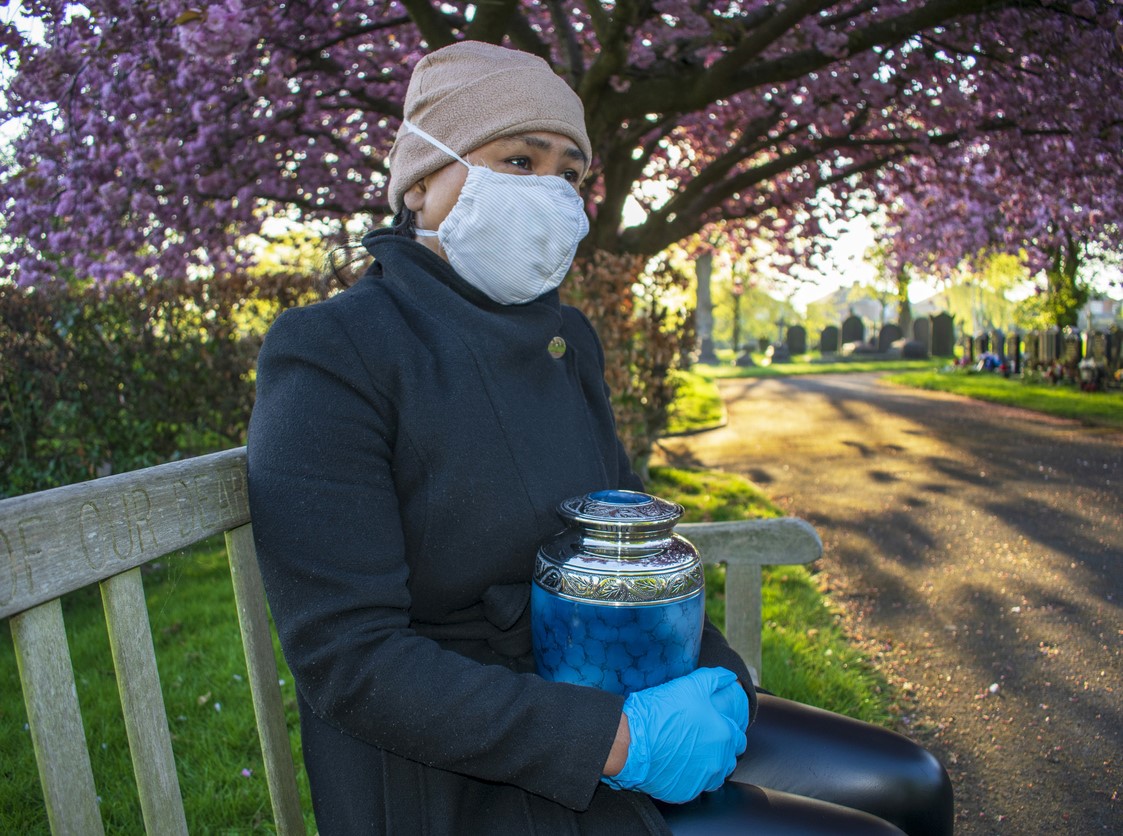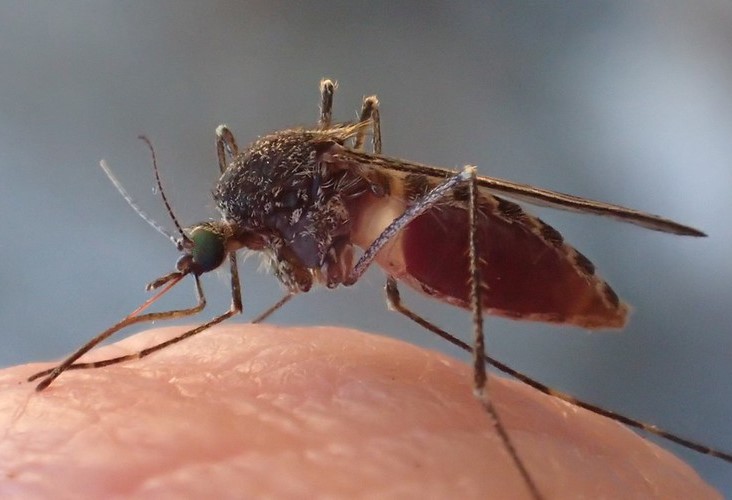 A systematic review and meta-analysis found that room disinfection with ultraviolet-C (UV-C) devices had little impact on the incidence of healthcare-associated multidrug-resistant organism (MDRO) infections, researchers reported today in Epidemiology & Infection.
A systematic review and meta-analysis found that room disinfection with ultraviolet-C (UV-C) devices had little impact on the incidence of healthcare-associated multidrug-resistant organism (MDRO) infections, researchers reported today in Epidemiology & Infection.
The study, conducted by Chinese researchers, analyzed nine previously studies that examined the impact of UV-C devices on the incidence of Clostridioides difficile, vancomycin-resistant Enterococci (VRE), methicillin-resistant Staphylococcus aureus, and gram-negative rod-shaped bacteria. While healthcare settings typically use a wide range of chemical disinfectants to prevent and control the spread of these organisms on surfaces in patients' rooms, which are highly susceptible to MDRO contamination, additional cleaning with no-touch technologies like ultraviolet light has shown some potential to further reduce incidence. The nine studies all examined use of UV-C disinfection systems.
We found no advantages for the use of UV-C in healthcare settings as an adjunct to conventional infection prevention modalities.
Pooled analysis indicated no statistically significant reduction in C difficile (incidence rate ratio [IRR], 0.90; 95% confidence interval [CI], 0.62 to 1.32) or VRE (IRR, 0.72; 95% CI, 0.38 to 1.78) infection rates with the use of UV-C disinfection systems. The risk of gram-negative rod infection was reduced (IRR, 0.82; 95% CI, 0.68 to 0.99), but the studies reporting this outcome were few.
"We found no advantages for the use of UV-C in healthcare settings as an adjunct to conventional infection prevention modalities to reduce the incidence of MDRO," the study authors wrote.
 By December 2022, China had ended its
By December 2022, China had ended its  Yeste
Yeste














